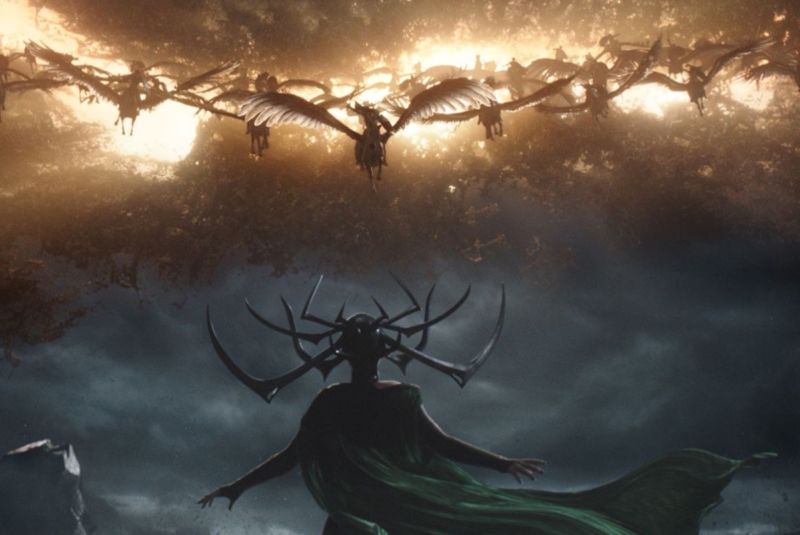“Wolf’s jaw” star cluster may have inspired parts of Ragnarok myth
Ars Technica » Scientific Method 2018-11-16

Enlarge / Only the onset of Ragnarok can defeat Hela, the goddess of death, in Marvel's Thor: Ragnarok. (credit: Marvel Studios)
In Norse mythology, Ragnarok is a cataclysmic series of events leading to the death of Odin and his fellow Asgardian gods, and ultimately to the end of the world. Some iconographic details of this mythical apocalypse that emerged around 1000 AD may have been influenced by astronomical events—notably comets and total eclipses.
This is not to say that the myth of Ragnarok originated with such events; rather, they reinforced mythologies that already existed in the popular imagination. That's the central thesis of Johnni Langer, a historian specializing in Old Norse mythology and literature at the Federal University of Paraiba in Brazil. He has outlined his argument in detail in a recent paper (translated from the original Portuguese) in the journal Archeoastronomy and Ancient Technologies.
Langer's analysis is based on the relatively young field of archaeoastronomy: the cultural study of myths, oral narratives, iconographic sources, and other forms of ancient beliefs, with the aim of identifying possible connections with historical observations in astronomy. Both total eclipses and the passage of large comets were theoretically visible in medieval Scandinavia, and there are corresponding direct records of such events in Anglo-Saxon and German chronicles from around the same time period. These could have had a cultural influence on evolving Norse mythology, including the concept of Ragnarok.